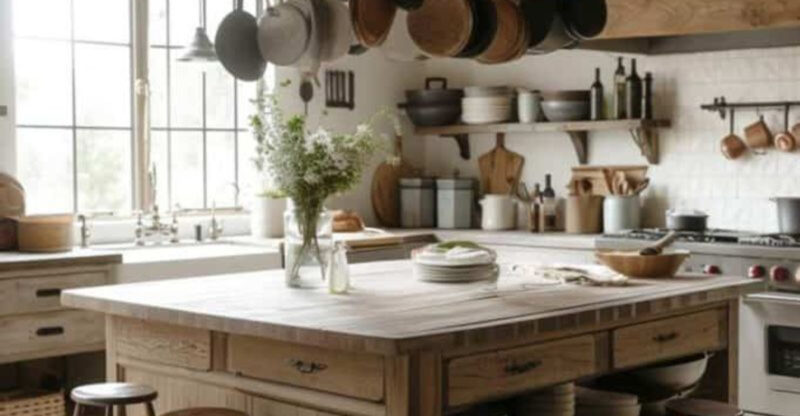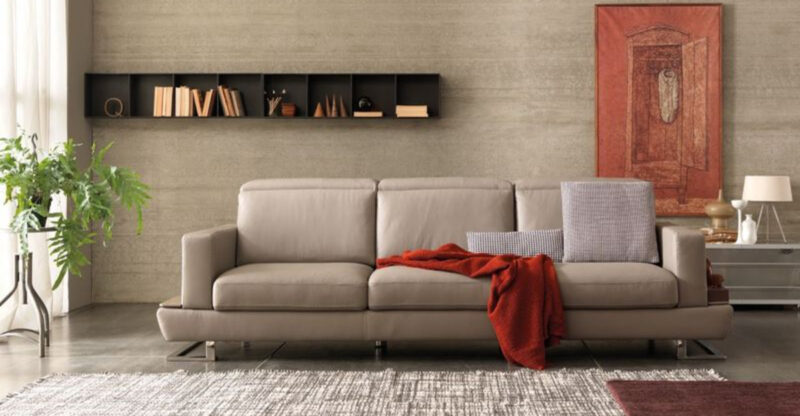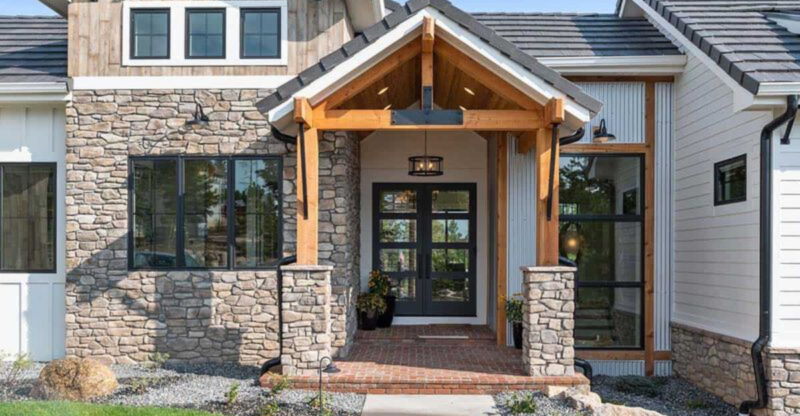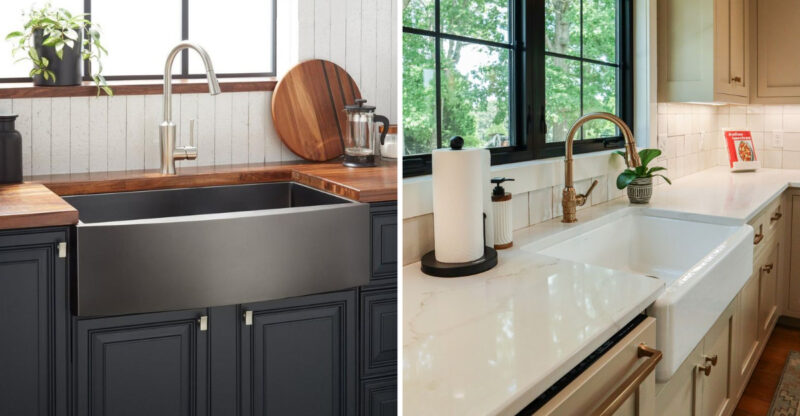16 Essential Tips For Small Living Room Furnishing
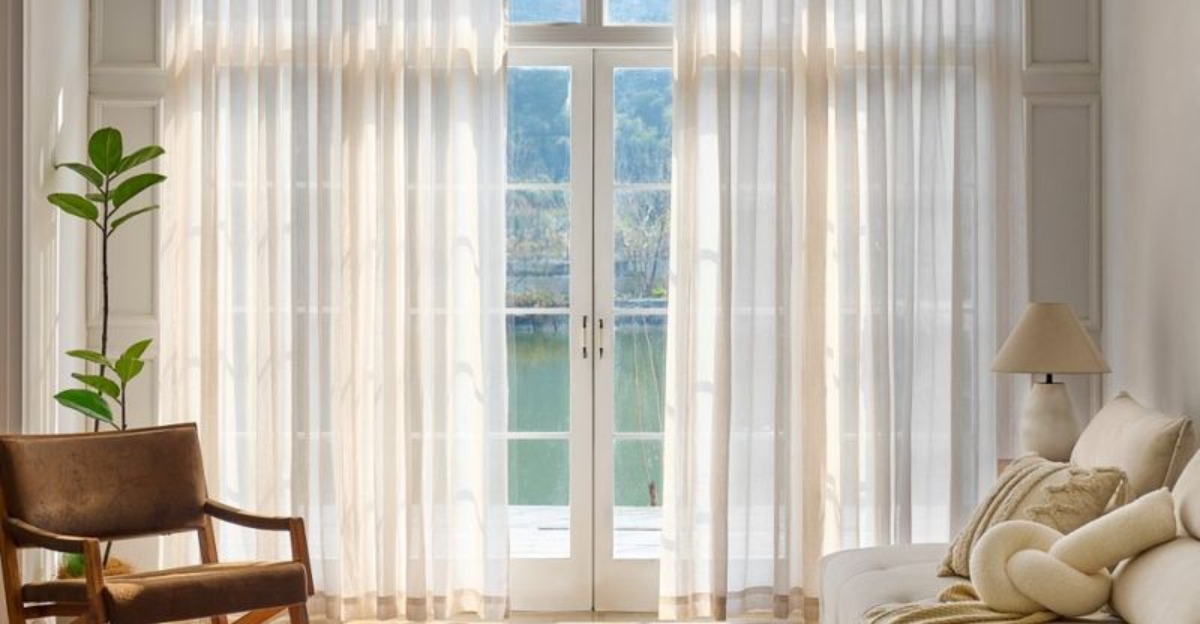
Decorating a small living room can feel like solving a tricky puzzle. You want it to look nice, feel cozy, and still have room to move around!
With the right tricks and ideas, you can turn even the tiniest space into a comfortable spot for relaxing and hanging out with friends. Here are my favorite tips to make the most of your small living room.
1. Measure Your Space First
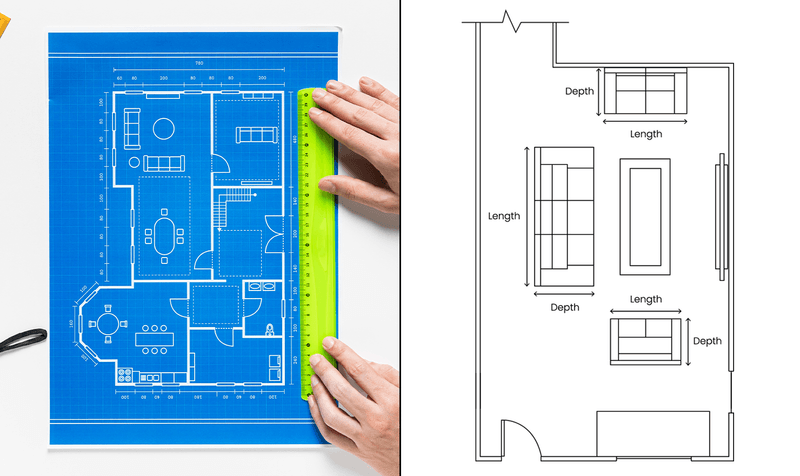
Before buying a single piece of furniture, I always grab my measuring tape. Knowing exact dimensions helps avoid the heartbreak of bringing home that perfect sofa only to discover it won’t fit through the door!
Make a simple floor plan on paper or use a free room planning app. Mark windows, doors, outlets, and any fixed features that can’t be moved. This blueprint becomes your shopping guide. When measuring, I leave at least 30 inches for walkways and remember to account for door swings.
This simple step has saved me from countless furniture-buying mistakes and helps visualize how everything will fit together.
2. Choose Multi-Functional Furniture
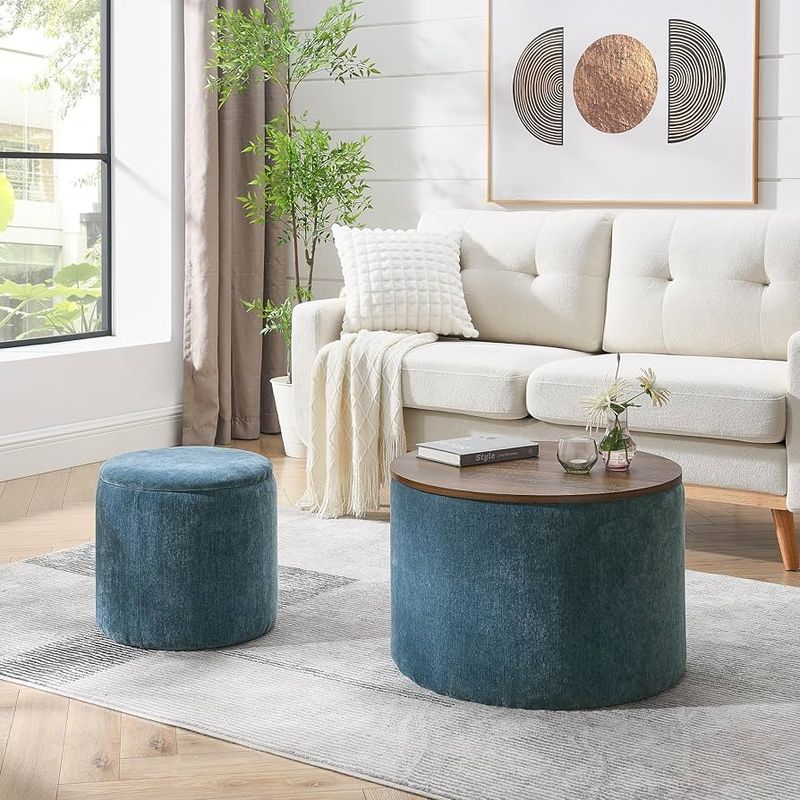
Storage ottomans changed my decorating game forever! These versatile pieces work as footrests, extra seating, coffee tables, and hidden storage all in one compact package. Sofa beds and daybeds are another smart choice when space is tight.
During the day, they provide comfortable seating, and at night, they transform into guest beds without requiring a separate bedroom. Wall beds (Murphy beds) with attached sofas or desks offer the ultimate space-saving solution.
My favorite multi-functional piece is a narrow console table with fold-out leaves. It sits flat against the wall most days but expands into a dining table when friends come over.
3. Opt for Light-Colored Upholstery
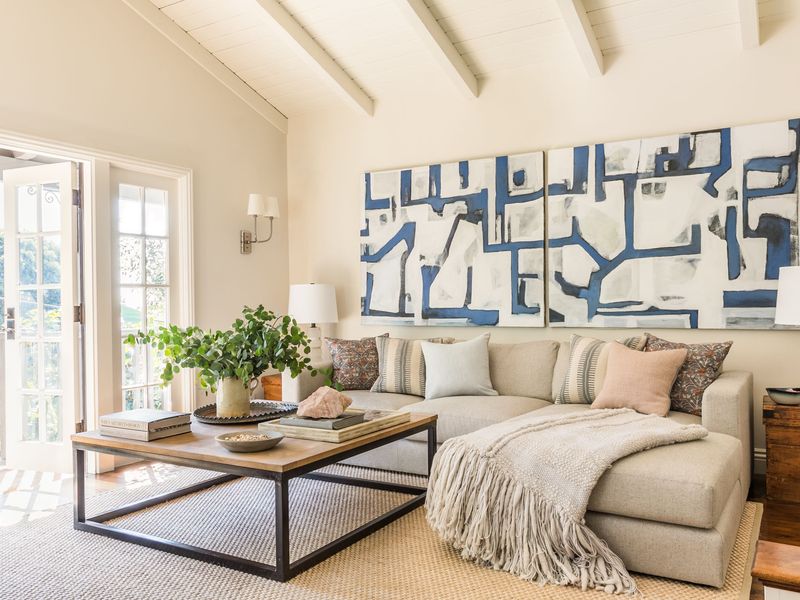
Cream, beige, and light gray furniture creates an airy feeling in my small living room. These neutral tones reflect light rather than absorb it, making the space appear larger and more open. If you’re worried about stains (I certainly was!), look for performance fabrics designed to resist spills and dirt.
Many modern options feel just as soft as regular upholstery but can be cleaned with simple soap and water. Light-colored slipcovers work well too since they can be removed and washed.
Adding colorful pillows and throws to light furniture lets me change the look seasonally without committing to bold permanent pieces that might overwhelm the room.
4. Use Mirrors to Reflect Light
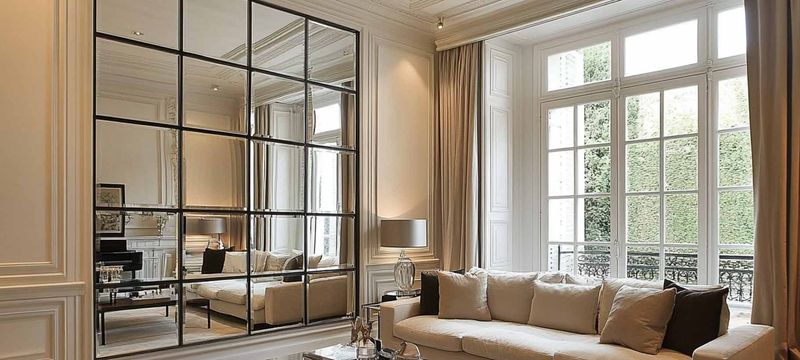
Hanging a large mirror directly across from a window was the simplest yet most effective change I made to my tiny living room. It instantly doubled the natural light and created the illusion of another window!
Mirrored furniture like side tables or cabinet fronts can subtly expand the space without overwhelming it. I found that grouping smaller decorative mirrors in an arrangement works just as well as one large mirror if you’re on a budget.
Strategic placement matters most position mirrors to reflect something beautiful like a window view or pretty light fixture rather than a cluttered area. This trick not only makes the room feel bigger but also bounces light into darker corners.
5. Keep Furniture Proportional
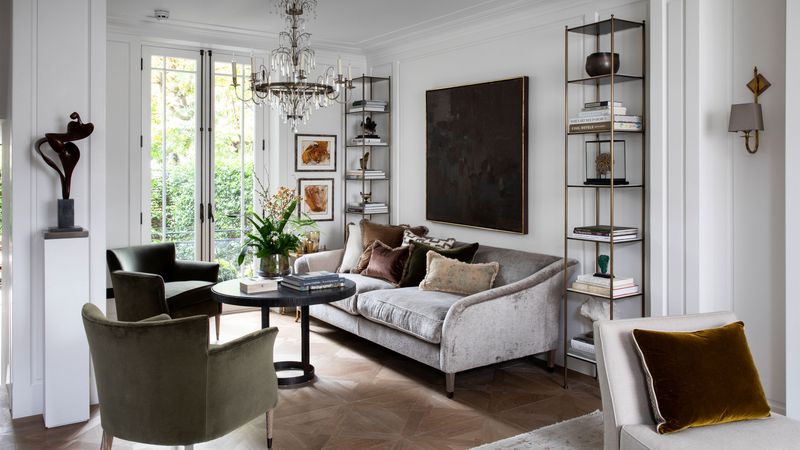
Oversized sofas swallowed my small living room until I switched to appropriately scaled pieces. Low-profile furniture with clean lines creates breathing room above the seating, making ceilings appear higher.
When shopping, I look for sofas between 70-80 inches wide rather than sectionals or overstuffed models. Armchairs with narrow profiles (around 30 inches wide) provide comfortable seating without dominating the floor plan. Height matters too!
Tall bookshelves draw the eye upward and utilize vertical space efficiently. My rule of thumb is that no single piece should take up more than a third of the available floor space this balance keeps the room feeling appropriately furnished rather than cramped.
6. Select Slim, Raised-Leg Pieces
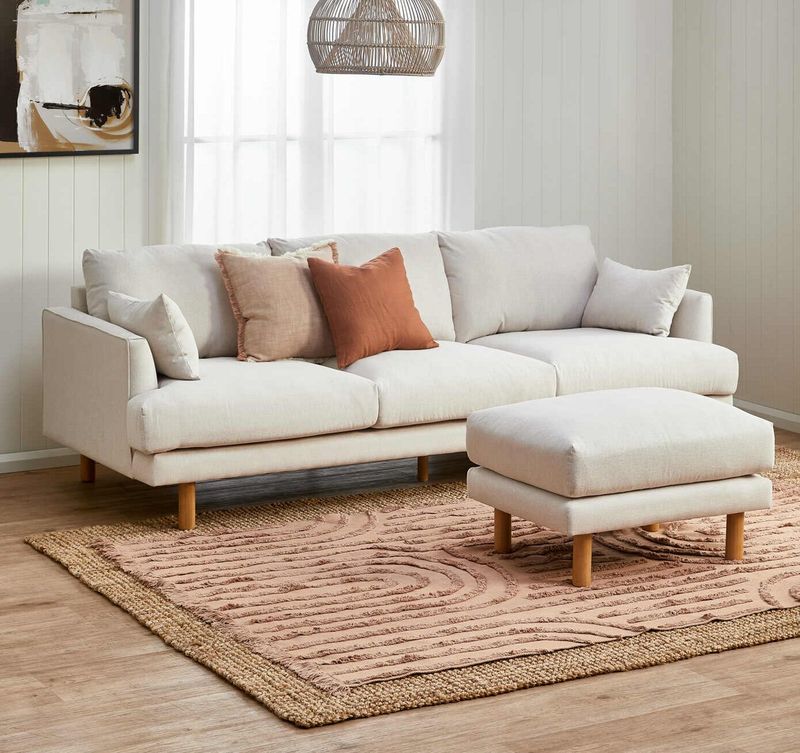
Furniture that shows some leg makes my small living room feel airier! The space beneath raised furniture creates visual breathing room that chunky, floor-hugging pieces simply can’t match.
Mid-century modern sofas and chairs work wonderfully in tight spaces because their tapered legs lift the bulkiest part of the furniture off the floor. Even seeing a few inches of floor continuing underneath a sofa tricks the eye into perceiving more space.
I avoid heavy skirts and bases on furniture whenever possible. My coffee table has thin metal legs rather than a solid base, and my media console is wall-mounted with space beneath. These choices maintain an open flow while still providing all the functionality I need.
7. Incorporate Nesting Tables
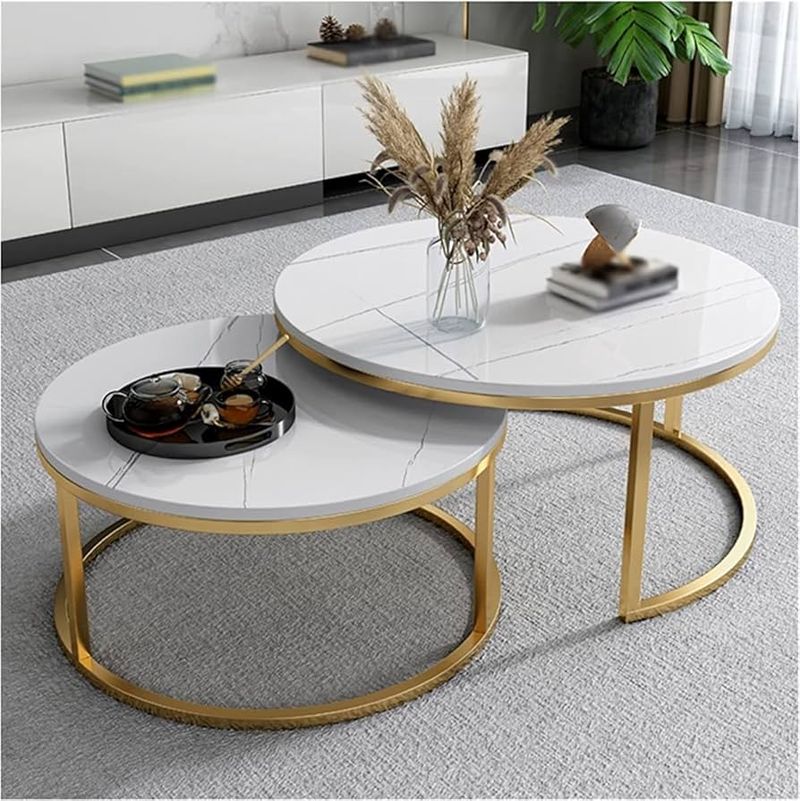
Nesting tables are magical space-savers that multiply when needed and disappear when they don’t! I keep the smallest table out as my everyday side table, then pull out the larger ones when friends come over for drinks or snacks. The versatility extends beyond living rooms too.
My nesting tables occasionally serve as makeshift dining spots, plant stands, or even work surfaces when I need to spread out papers. Their mobility means I can easily reposition them anywhere they’re needed.
Look for sets with interesting materials that complement your decor my favorites combine wood with metal or glass for a lightweight appearance. The varied heights add visual interest while taking up minimal floor space when nested together.
8. Limit Large-Scale Patterns
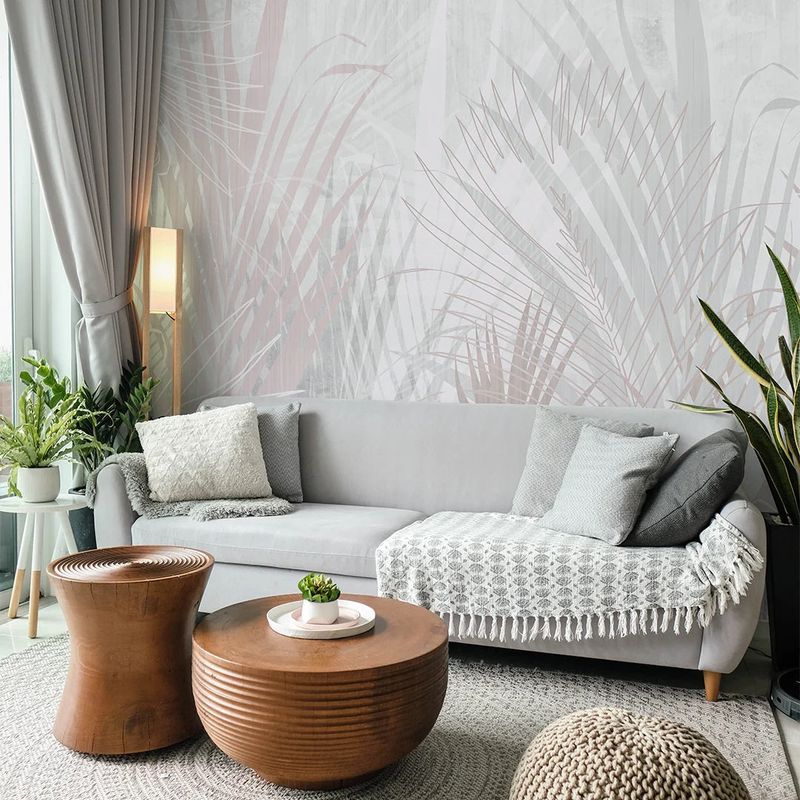
Bold wallpaper across all four walls once made my small living room feel like it was closing in on me! I’ve learned that oversized patterns can overwhelm tight spaces, making them feel even smaller and more cluttered. Instead, I now use patterns strategically and sparingly.
A single patterned accent wall creates interest without visually shrinking the room. For fabrics and upholstery, small to medium-scale patterns or subtle textures work better than large, attention-demanding designs.
If you love bold patterns like I do, incorporate them through easily changeable items like pillows, throws, or artwork. This approach lets you enjoy trendy patterns without committing to something that might make your space feel cramped.
9. Use Wall-Mounted Shelving
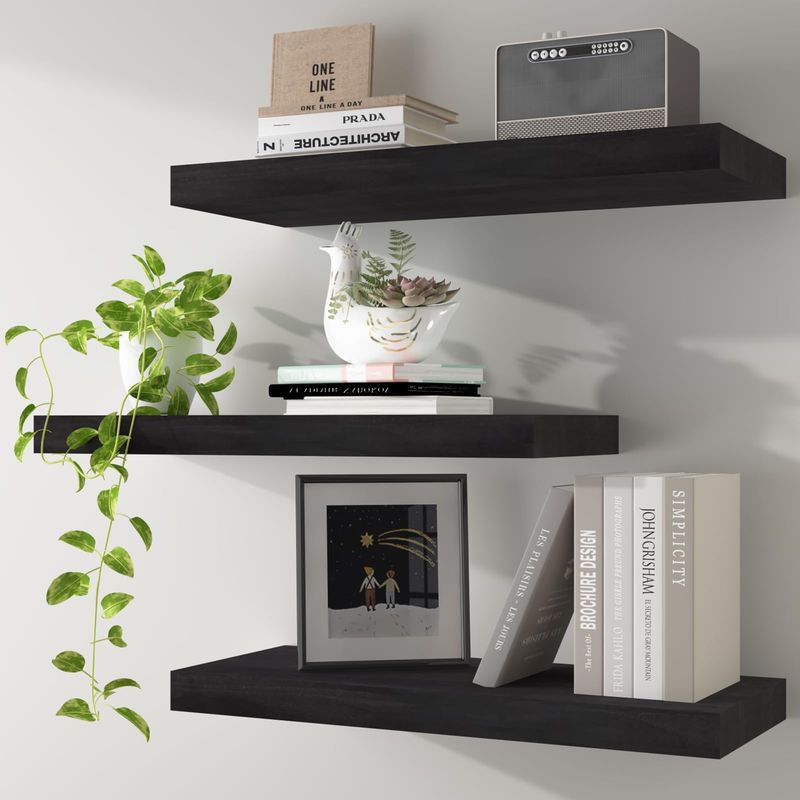
Floor space is precious real estate in my small living room! Wall-mounted shelving freed up square footage while still providing essential storage and display areas.
Floating shelves installed at different heights create visual interest without the bulkiness of traditional bookcases. I use them to display books, plants, and decorative items that would otherwise clutter surfaces. Wall-mounted cabinets with doors hide less attractive necessities like gaming equipment and extra blankets.
The key is to leave some empty space on shelves rather than packing them full. This breathing room prevents the wall from feeling too heavy or overwhelming. As a bonus, dust collects less on wall-mounted shelving than on traditional furniture!
10. Float Furniture Away from Walls
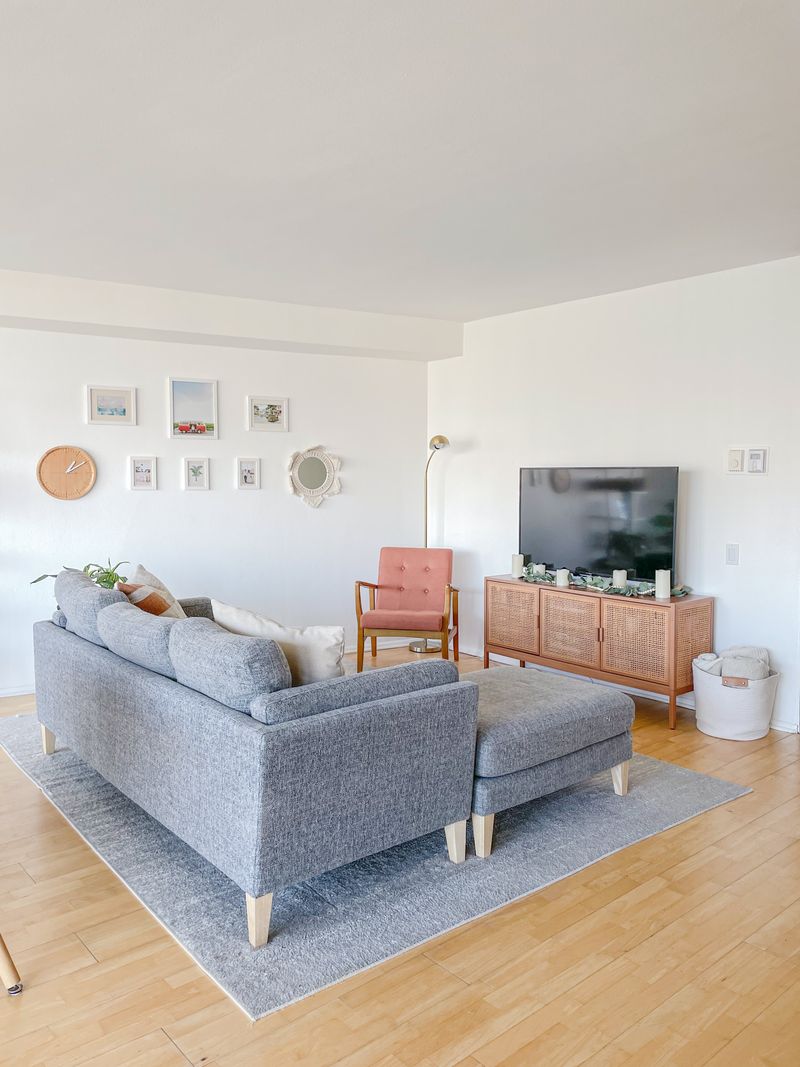
Pushing all furniture against the walls seemed logical until I tried the opposite approach! Counterintuitively, floating some pieces even a few inches away from walls creates a sense of spaciousness in small rooms. My sofa now sits about 6 inches from the wall with a narrow console table behind it.
This arrangement creates a subtle walkway and makes the furniture feel like it’s breathing rather than being squashed against boundaries. Even in the tiniest spaces, this technique works with smaller pieces like accent chairs. The trick is maintaining clear pathways of at least 30 inches between items.
This floating approach feels more intentional and designed than the “furniture against walls” method that can make a room feel like a waiting area.
11. Pick Transparent or Glass Pieces
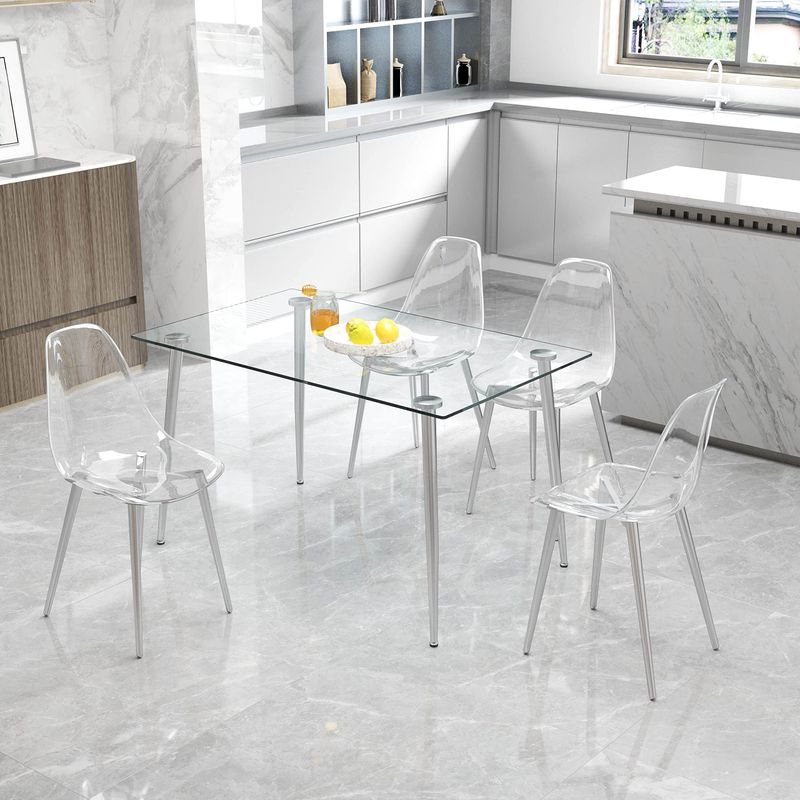
See-through furniture works like magic in small spaces! My glass coffee table practically disappears visually while still providing a functional surface for drinks and books. Acrylic or ghost chairs offer comfortable seating without the visual weight of upholstered pieces.
They’re especially useful around dining areas where multiple chairs might otherwise feel crowded. Glass-fronted cabinets display items while appearing lighter than solid wood alternatives. Did you know?
Transparent furniture originated in the 1960s when designers began experimenting with new materials like acrylic. I mix clear pieces with solid furniture rather than using too many transparent items, which can start looking like a furniture showroom. This balance creates depth while maintaining an open, airy feeling.
12. Keep Clutter to a Minimum
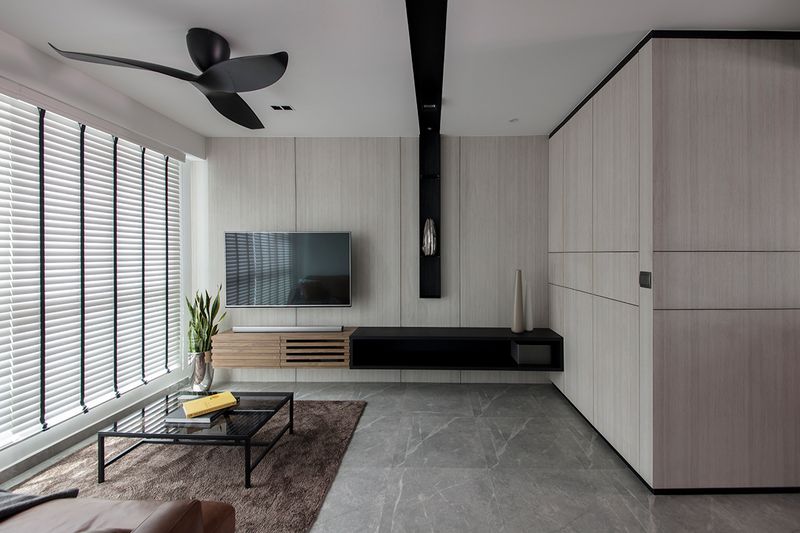
Clutter multiplies the feeling of cramped space faster than anything else! I’ve embraced the “less is more” philosophy by limiting decorative objects to those that truly spark joy or serve a purpose. Hidden storage solutions have become my best friends baskets that slide under the coffee table, ottomans with lift-up tops, and furniture with built-in drawers.
These hiding spots keep everyday items accessible but out of sight. Regular decluttering sessions help maintain the peaceful feeling.
I follow the one-in-one-out rule: when something new comes home, something old must go. This practice prevents accumulation while allowing for fresh decor. The visual calm created by minimal clutter makes even the smallest room feel more spacious and intentional.
13. Choose Armless Chairs
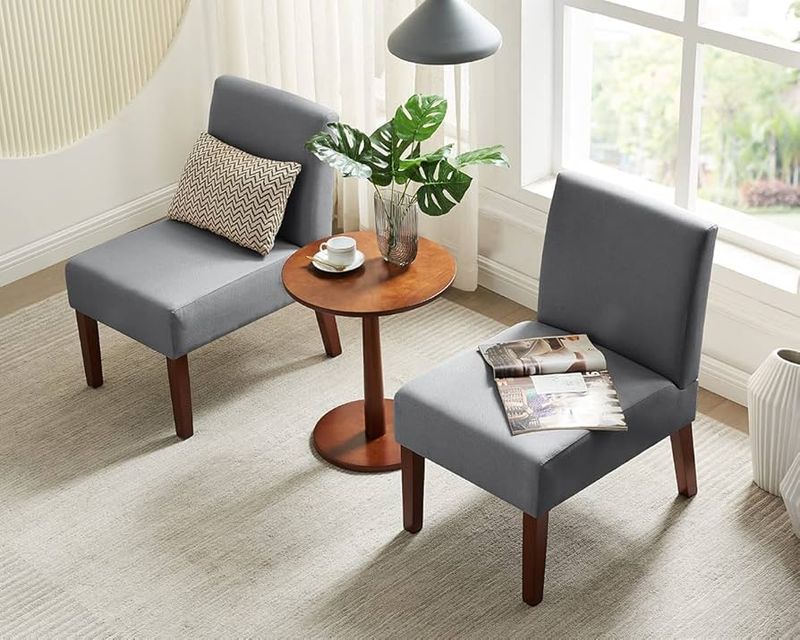
Armless accent chairs transformed my living room seating arrangement! Without bulky arms taking up precious inches, these streamlined chairs provide comfortable seating while visually consuming less space. Slipper chairs work wonderfully in tight corners where traditional armchairs simply won’t fit.
Their low profile doesn’t block sightlines across the room, maintaining an open feeling even with multiple seating options. When entertaining, armless chairs can be pulled up to the coffee table to create impromptu dining space.
If you prefer some arm support, look for chairs with minimal, slender arms rather than overstuffed ones. The difference in visual and actual footprint is significant! My favorite arrangement pairs one traditional armchair with two armless chairs for a balanced, spacious seating group.
14. Embrace Vertical Storage
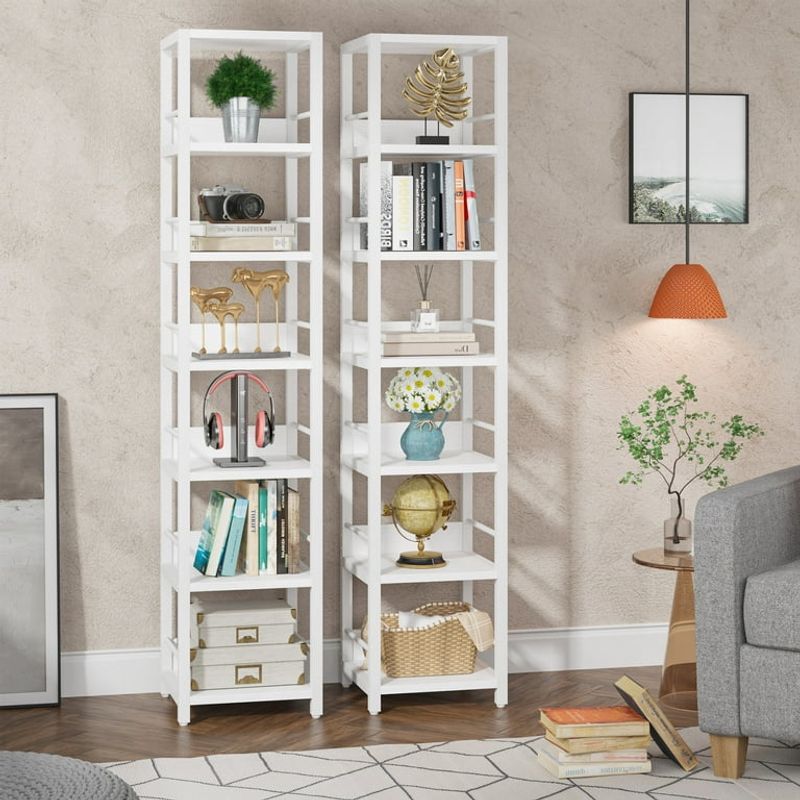
Looking up changed my storage game completely! Tall, narrow bookcases utilize wall height without consuming precious floor width. My 84-inch bookcase holds the same amount as a wide horizontal unit while taking up a third of the floor space.
Wall-mounted systems with adjustable components allow customization to fit awkward spaces perfectly. I installed shelving all the way to the ceiling above my sofa, creating display space for books and decorative items that would otherwise need furniture below. High cabinets work wonderfully for storing rarely-used items like holiday decorations or guest bedding.
Even the space above doorways can become functional storage with small floating shelves! This upward thinking keeps the floor clear for movement while still accommodating all necessary storage needs.
15. Let in Plenty of Natural Light
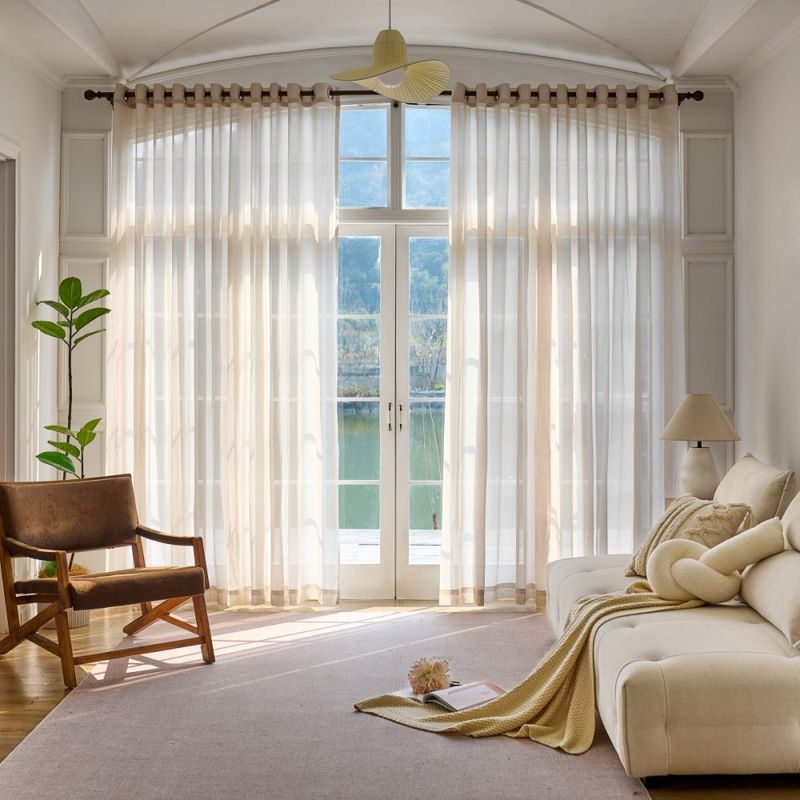
Heavy curtains once made my small living room feel like a cave! Switching to lightweight window treatments transformed the space by maximizing natural light flow. Roman shades or simple panels hung close to the ceiling and extending beyond the window frame create the illusion of larger windows.
When choosing fabric, I opt for sheer or light-filtering options that provide privacy without blocking precious daylight. Keeping windowsills clear of large objects allows unobstructed light penetration.
At night, layered lighting from multiple sources (table lamps, floor lamps, sconces) creates pools of light that define different areas without harsh overhead illumination. This lighting strategy makes the room feel larger by creating depth and dimension rather than flatly lighting the entire space.
16. Create a Focal Point
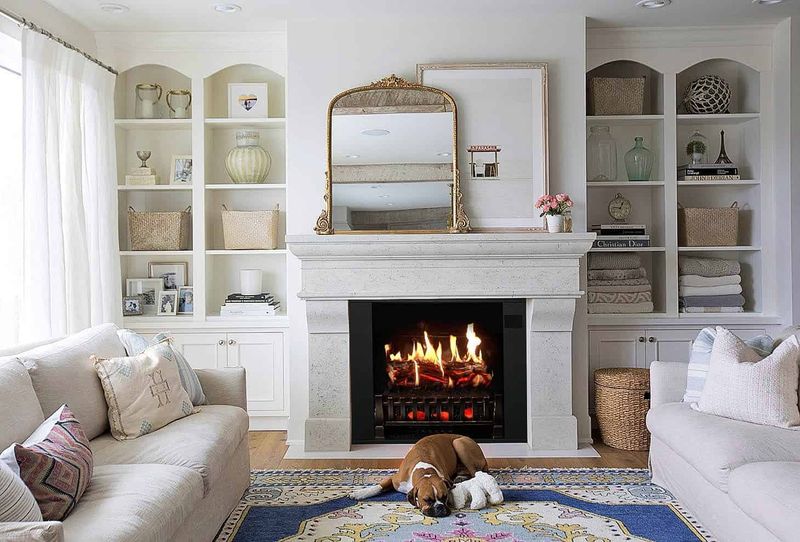
A single stunning focal point anchors my small living room and draws attention away from its limited dimensions. My wall-mounted electric fireplace instantly became the room’s centerpiece, creating a natural gathering spot without consuming floor space.
Other effective focal points include a statement art piece, a dramatic accent wall, or a uniquely styled bookcase. The key is choosing just one dominant feature rather than competing elements that can make the space feel cluttered and disjointed. Arranging furniture to face or acknowledge the focal point creates purposeful design flow.
I positioned my seating to center around the fireplace, which naturally defines the conversation area. This intentional arrangement makes the room feel designed rather than simply filled with furniture.


